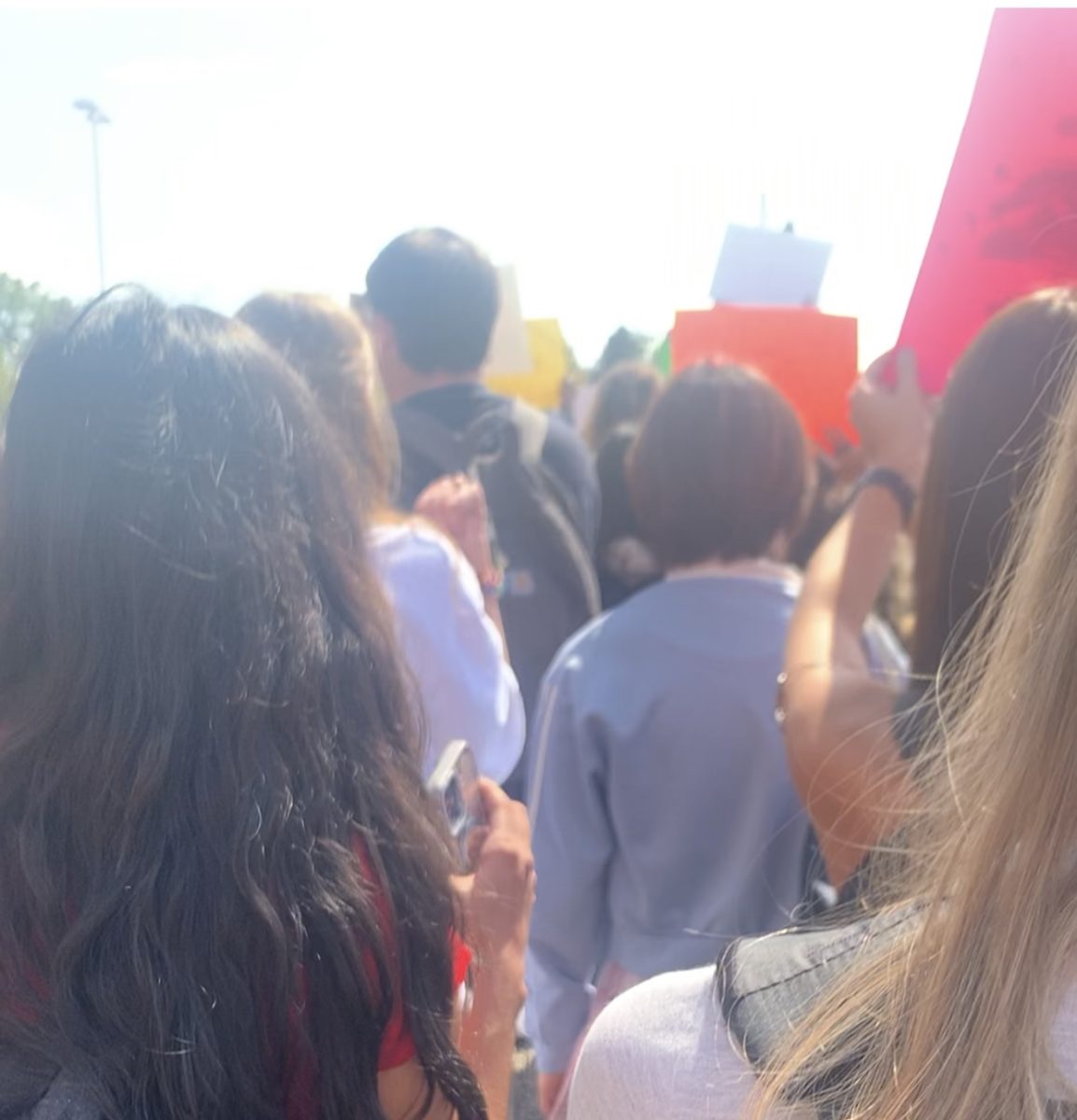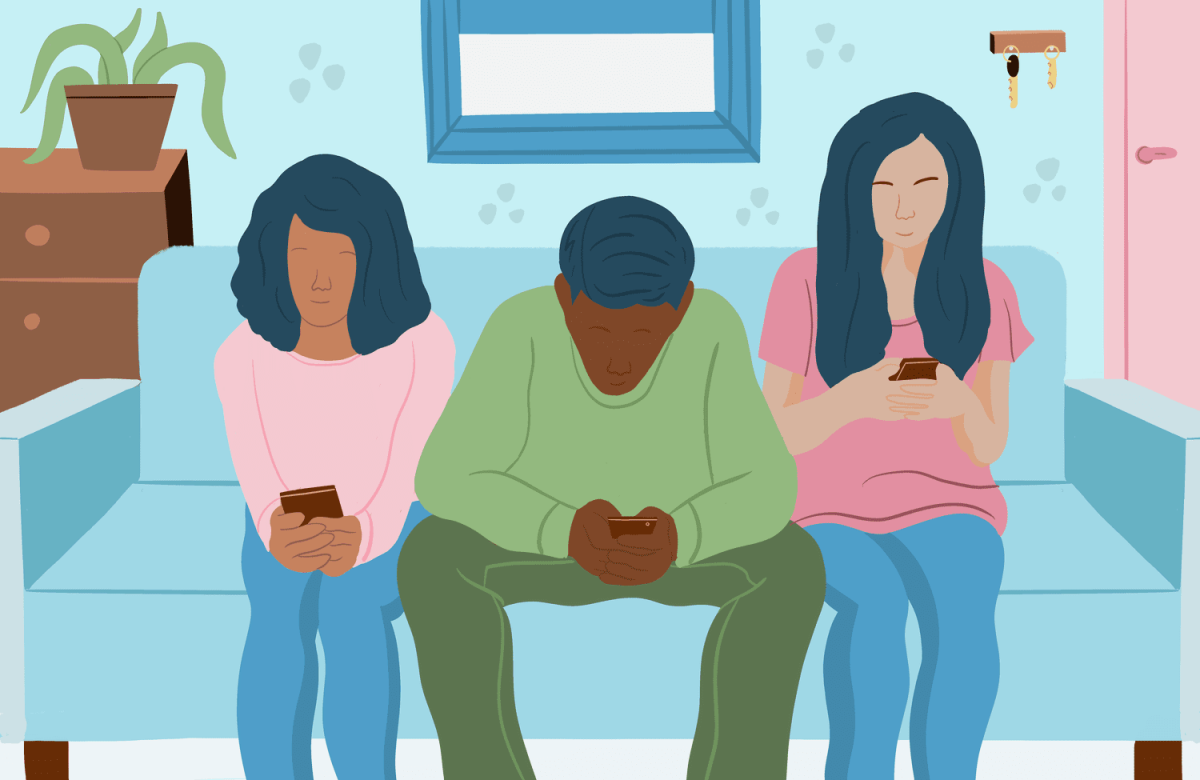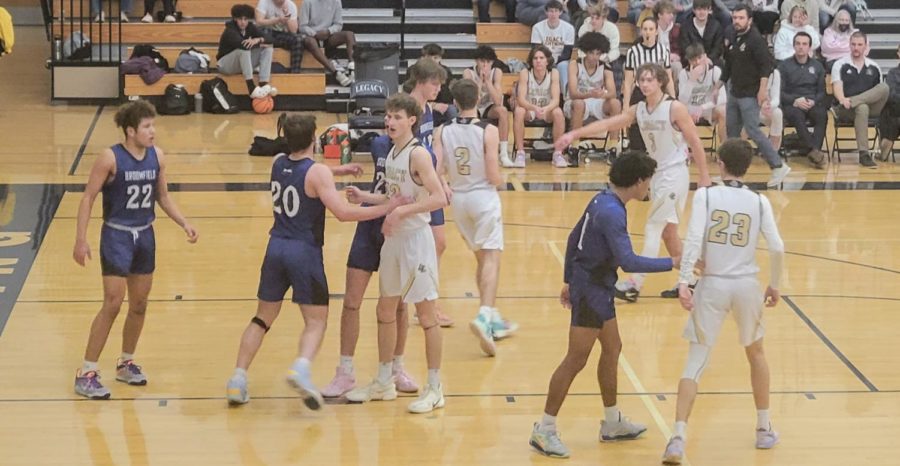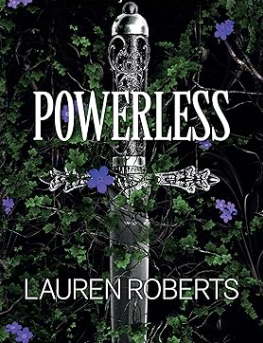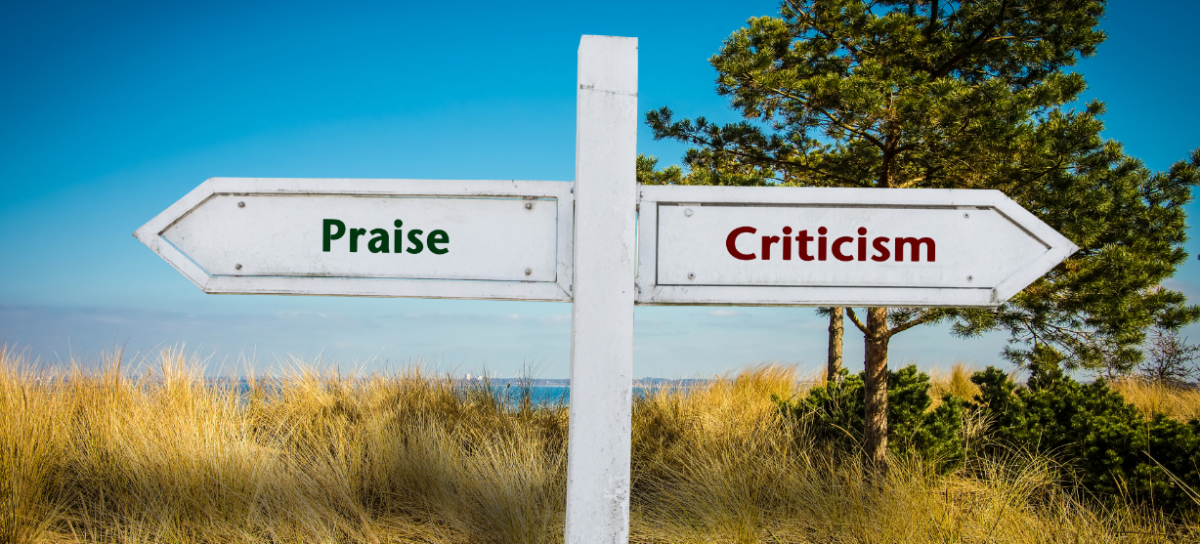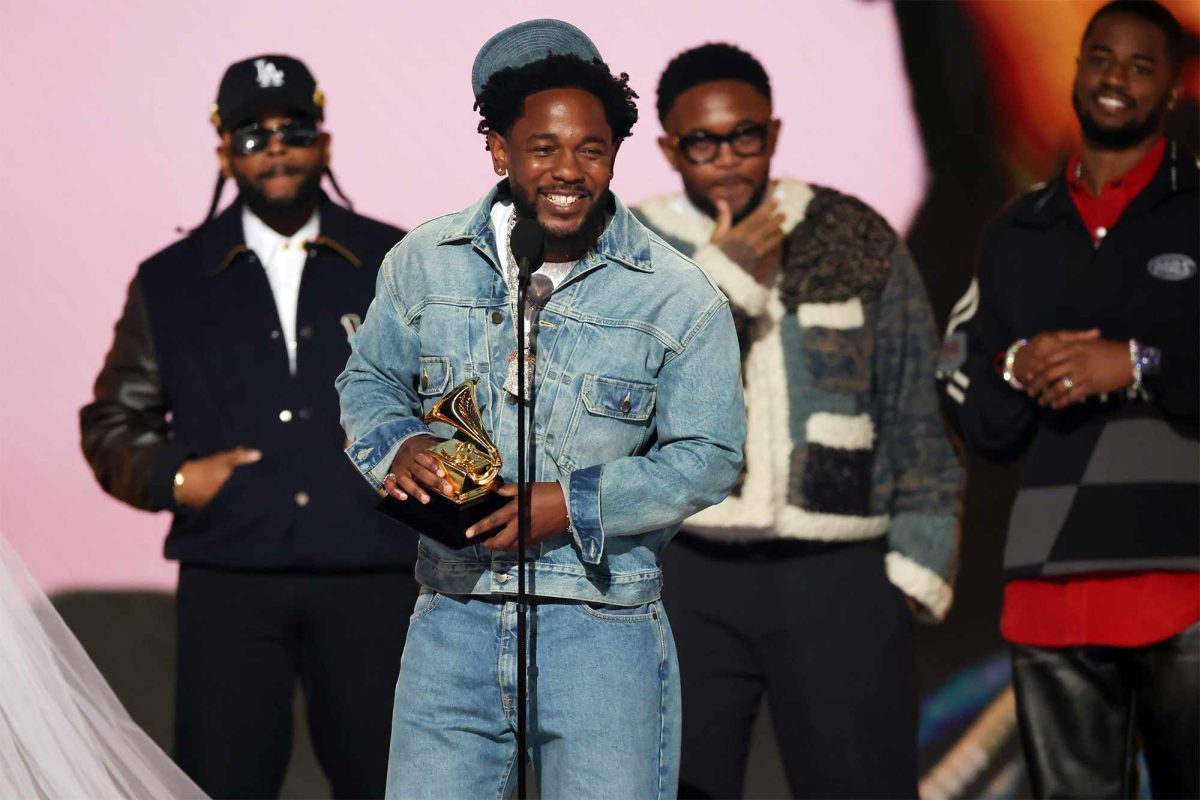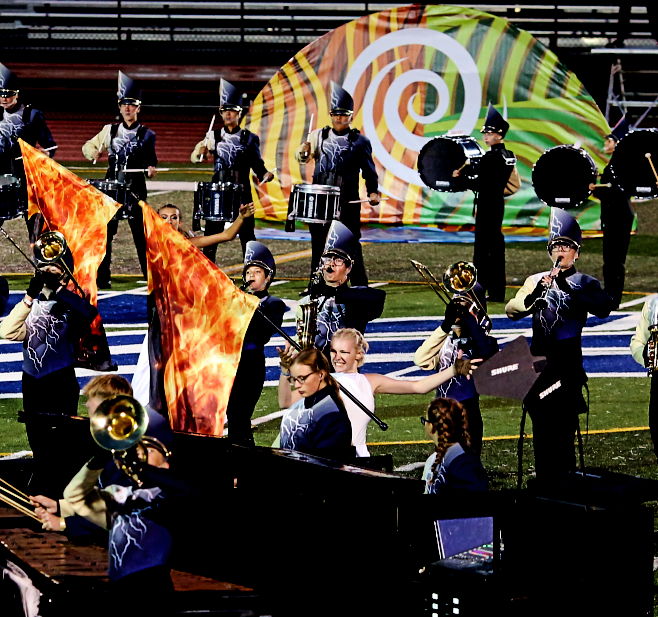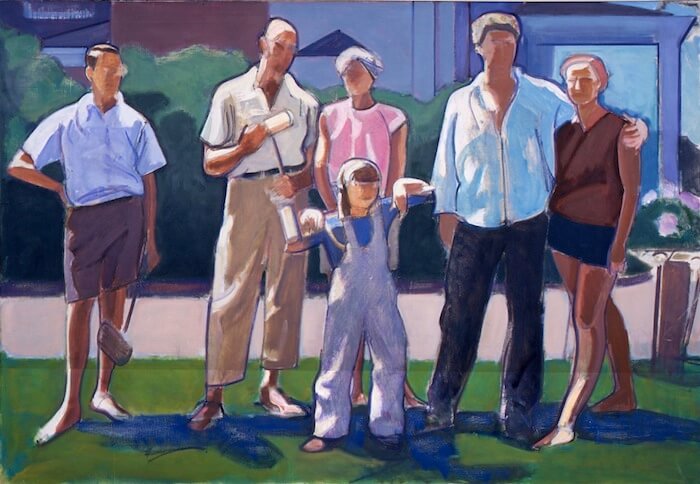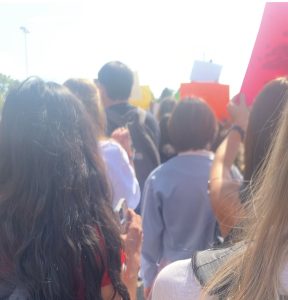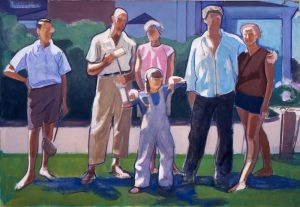The Civil Rights Movement and its Impact Today
May 9, 2022
The Civil Rights Movement helped launch mass activism among African Americans. Although the Civil War abolished slavery and gave African Americans citizenship, it didn’t give them full rights nor end discrimination. When enough African Americans were fed up with prejudice and violence against them, they took action to foster tolerance during the 1950s and 1960s. Although there was a lot of progress made, it still wasn’t enough.
We still see activism among African Americans today. We still see police brutality against African Americans. It might be different from what was seen in the 50s and 60s but it’s still there. The Black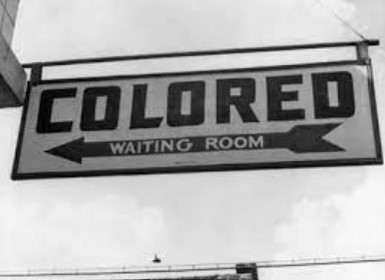 Lives Matter movement helps organize protesters to protest the injustice still seen in America.
Lives Matter movement helps organize protesters to protest the injustice still seen in America.
In my history class, our teacher often talks about the impact African Americans have on our current society, whether that be through music or books or movies. He also talked about the flip side. The majority of prison populations are people of color, serving unfair sentences for minor offences.
Why am I writing this article? As I learned about the Civil Rights Movement in my U.S History class, I realized a lot of it is still relevant in the world today. During a newspaper meeting in the last week of March, I received a CNN notification that lynching is now a federal hate crime. That notification gave me the idea to write this article, to show that African Americans are still not safe and are still fighting for freedom and their lives.
The 14th Amendment gave African Americans protection under the law in 1866. The 15th Amendment gave them the right to vote the next year. In spite of these laws, African Americans were largely still unprotected in certain areas. Jim Crow laws were created to segregate the south. African Americans couldn’t use the same public bathrooms, live in the same towns, or go to the same schools as white people. Interracial marriages were outlawed. Many African Americans couldn’t vote as they were subjected to unrealistic literacy tests as a qualification for voting, and these tests were impossible to pass. Even though Jim Crow laws were not implemented in the northern states, in order to help minimize racial tensions in the south, the Eisenhower administration put pressure on Congress to consider Civil Rights legislation. On the 9th of September, 1957, President Eisenhower signed the Civil Rights Act of 1957, which allowed the federal prosecution of anyone who tried to prevent another from voting. This act also created a commission to investigate voter fraud. African Americans were still discriminated against. Segregation in the south gained more ground during the Plessy vs Ferguson Supreme Court case in 1896. The court declared “separate but equal,” African Americans and white people couldn’t be in the same facilities and schools.
Before the Second World War, many African Americans worked as farmers, factory workers, domestics, or servants and were paid very little. They couldn’t get better jobs during the 40s and were often discouraged from joining the military. After the threat of a march on Washington, President Franklin D. Roosevelt (FDR) issued Executive Order 8802 in 1942. This order decreed that all national defence and government jobs had to be open to everyone regardless of race or ethnicity. Now, although segregated, African Americans could serve in the U.S military. The Tuskegee Airmen became the first African Americans in the U.S Army Air Corps and earned many awards for their service. Yet, upon their return home many of the veterans were still met with prejudice and scorn. At the beginning of the Cold War, President Harry Truman issued Executive Order 9981. This order ended discrimination in the military, helped set the groundwork for racial equality legislation and precipitated the Civil Rights Movement.
Roosevelt (FDR) issued Executive Order 8802 in 1942. This order decreed that all national defence and government jobs had to be open to everyone regardless of race or ethnicity. Now, although segregated, African Americans could serve in the U.S military. The Tuskegee Airmen became the first African Americans in the U.S Army Air Corps and earned many awards for their service. Yet, upon their return home many of the veterans were still met with prejudice and scorn. At the beginning of the Cold War, President Harry Truman issued Executive Order 9981. This order ended discrimination in the military, helped set the groundwork for racial equality legislation and precipitated the Civil Rights Movement.
Montgomery Bus Boycott
One of the important events at the beginning of the Civil Rights Movement involved Rosa Parks, a 42-year-old. On December 1st, 1955, she was sitting on a bus in the African American section in Montgomery, Alabama when a white man got on the bus. He was unable to find a seat in the white section, so the driver told Rosa Parks and three other African Americans to give up their seats. The three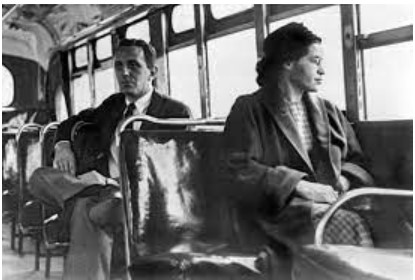 others complied, Parks refused and was subsequently arrested. Her arrest sparked outrage and support. With one simple act of defiance, Rosa Parks became one of the most iconic Civil Rights activists of the twentieth century. Community leaders came together and formed the Montgomery Improvement Association (MIA) which was led by Martin Luther King Jr. They officially started the Montgomery Bus Boycott. The boycott lasted 381 days when on November 14th,1956 the Supreme Court ruled that segregated buses were unconstitutional. The Civil Rights Movement gained unprecedented momentum in 1954 when the Supreme Court reversed the Plessy vs Ferguson ruling which made segregation illegal in public schools.
others complied, Parks refused and was subsequently arrested. Her arrest sparked outrage and support. With one simple act of defiance, Rosa Parks became one of the most iconic Civil Rights activists of the twentieth century. Community leaders came together and formed the Montgomery Improvement Association (MIA) which was led by Martin Luther King Jr. They officially started the Montgomery Bus Boycott. The boycott lasted 381 days when on November 14th,1956 the Supreme Court ruled that segregated buses were unconstitutional. The Civil Rights Movement gained unprecedented momentum in 1954 when the Supreme Court reversed the Plessy vs Ferguson ruling which made segregation illegal in public schools.
Little Rock Nine
In 1957, Central High School in Little Rock, Arkansas asked students at an all-black school t
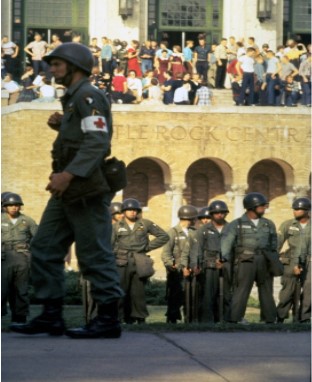
o attend the formerly segregated high school. On September 3rd, nine African American students attended Central High School, a previously segregated school known as the Little Rock Nine. Instead of being able to attend classes, they were met by the Arkansas National Guard, led by Governor Orval Faubus, and a screaming mob. A few weeks later, they tried again, made it inside, and had to be removed from the school due to safety concerns. Eventually, President Eisenhower had federal troops escort the students to and from classes. Their efforts raised much-needed attention to the issue of desegregation.
Greensboro sit-ins
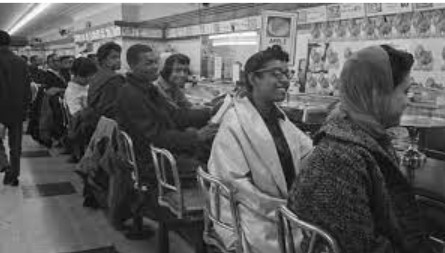 Four college students decided to take a stand against segregation in Greensboro, North Carolina. On February 1st, 1960, the students refused to leave a Woolworth’s lunch counter without being served. Over the course of several days, hundreds of people joined in. This event is now known as the Greensboro sit-ins. Eventually, the owners gave in and served the original four students. The students’ protest spearheaded many peaceful sit-ins in dozens of cities. These helped launch the Student Nonviolent Coordinating Committee (SNCC) to encourage all students to get involved in the Civil Rights Movement. The SNCC caught the eye of Stokey Carmichael, a young college graduate. He joined the SNCC during the Freedom Summer of 1964 to register African American voters. He became the chair of the SNCC in 1968 where he originated the phrase “black power.
Four college students decided to take a stand against segregation in Greensboro, North Carolina. On February 1st, 1960, the students refused to leave a Woolworth’s lunch counter without being served. Over the course of several days, hundreds of people joined in. This event is now known as the Greensboro sit-ins. Eventually, the owners gave in and served the original four students. The students’ protest spearheaded many peaceful sit-ins in dozens of cities. These helped launch the Student Nonviolent Coordinating Committee (SNCC) to encourage all students to get involved in the Civil Rights Movement. The SNCC caught the eye of Stokey Carmichael, a young college graduate. He joined the SNCC during the Freedom Summer of 1964 to register African American voters. He became the chair of the SNCC in 1968 where he originated the phrase “black power.
The Black Panthers
The Black Panthers was a revolutionary party founded in 1966 by Huey B. Newton and Bobby Seale. The
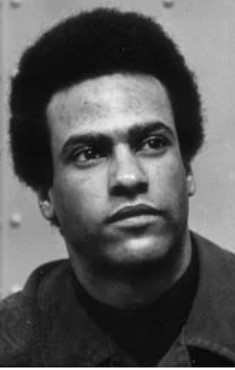
group’s original purpose was to patrol African American neighborhoods to help prevent police brutality. The group eventually developed into a Marxist group. From the start of the group, they had developed a Ten Point Program that was meant to initiate the African American community’s survival and forge alliances with progressives. In 1969, due to anti-Russian fears, J.Edgar Hoover considered the group a threat to national security. The Black Panthers used “Black Power” to gain support.
The Freedom Riders
On May 4th 1961, thirteen activists called the Freedom Riders boarded a Greyhound bus in Washington D.C. They went on a bus tour of the south to protest the segregation of interstate bus terminals. This was to test the 1960 Supreme Court decision in Boynton vs Virginia which declared the segregation of interstate transportation facilities unconstitutional. On Mothers Day, upon arriving in Anniston, Alabama, a mob threw a bomb onto the bus. The Freedom Riders managed to escape the burning bus, unfortunately, the escape was directly into the angry mob outside. Attorney General Robert F. Kennedy,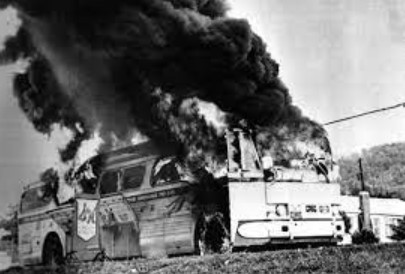 President Kennedy’s brother, pulled some strings so the Freedom Riders could continue their journey with a police escort. However, more problems ensued for the activists when they hit Montgomery, where they were attacked by another mob. AG Kennedy, under pressure from Martin Luther King Jr, sent federal marshals to Montgomery. On May 24th, the group reached Jackson, Mississippi and was arrested. Why? Apparently trespassing. Attorneys from the National Association for the Advancement of Colored People (NAACP) took the case to the Supreme Court, which dropped the charges. Later in 1961, the Interstate Commerce Commission issued regulations that prohibited segregation in transit terminals.
President Kennedy’s brother, pulled some strings so the Freedom Riders could continue their journey with a police escort. However, more problems ensued for the activists when they hit Montgomery, where they were attacked by another mob. AG Kennedy, under pressure from Martin Luther King Jr, sent federal marshals to Montgomery. On May 24th, the group reached Jackson, Mississippi and was arrested. Why? Apparently trespassing. Attorneys from the National Association for the Advancement of Colored People (NAACP) took the case to the Supreme Court, which dropped the charges. Later in 1961, the Interstate Commerce Commission issued regulations that prohibited segregation in transit terminals.
The March on Washington
A significant event during the Civil Rights Movement took place on August 28th, 1963. Organized and attended by A. Philip Randolph, Bayard Rustin, and Martin Luther King Jr, the March on Washington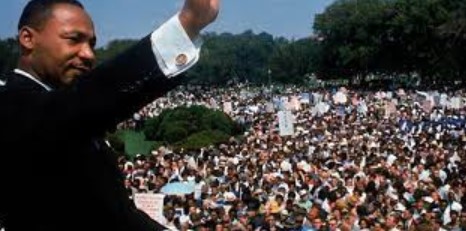 was a peaceful march where King presented his “I Have a Dream” speech. It became a slogan for equality and freedom.
Marian Anderson, a renowned opera singer, performed “He’s Got The Whole World In His Hands.” She is
was a peaceful march where King presented his “I Have a Dream” speech. It became a slogan for equality and freedom.
Marian Anderson, a renowned opera singer, performed “He’s Got The Whole World In His Hands.” She is 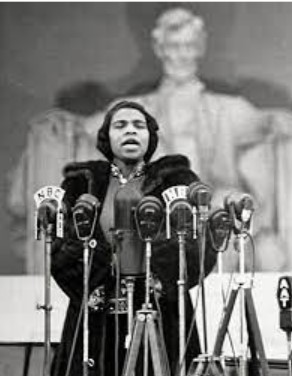 known for singing on the Lincoln Memorial in 1939 after being denied a performance at a segregated venue. Bayard Rustin was instrumental in the organisation of several protests, which allowed King Jr. to become the effervescent face of the movement. But why was King the face of the movement instead of Rustin? Rustin was gay and decided it best if he remained in the background of the movement, as being gay and black allowed for a lot more discrimination during the time.
known for singing on the Lincoln Memorial in 1939 after being denied a performance at a segregated venue. Bayard Rustin was instrumental in the organisation of several protests, which allowed King Jr. to become the effervescent face of the movement. But why was King the face of the movement instead of Rustin? Rustin was gay and decided it best if he remained in the background of the movement, as being gay and black allowed for a lot more discrimination during the time.
The Civil Rights Act
The Civil Rights Act of 1964 was signed into law by Lyndon B. Johnson. This legislation was initiated by JFK, but he was assassinated before he could see it through. The Act guaranteed employment for all Americans seeking employment and limited the use of literacy tests for voters and allowed federal authorities to ensure the integration of public facilities.
Bloody Sunday
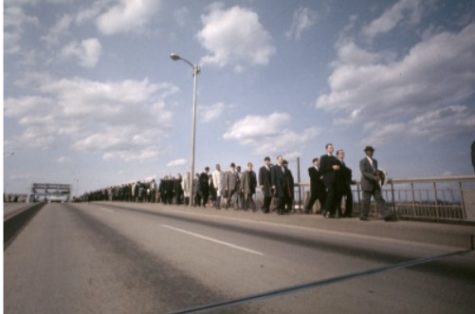
On March 7th of 1965, the movement took a violent turn when 600 peaceful protesters marched from Selma to Montgomery to protest the killing of Civil Rights activist Jimmie Lee Jackson by a white police officer. The protesters were blocked by state and local police, under orders of Governor George C. Wallace, on Edmund Pettus Bridge. Refusing to stop their protest, they were violently beaten and tear-gassed by the police. The event was televised and is now known as Bloody Sunday.
The Voting Rights Act
When President Johnson signed the Voting Rights Act into law in 1965, it took the Civil Rights Act several steps further. It allowed the attorney general to contest poll taxes. In 1966, poll taxes were declared unconstitutional in Harper vs Virginia State Board of Elections. This was suddenly walked backwards in 2013 when section 4(b) was declared unconstitutional.
Unfortunately, two leaders of the Civil Rights Movement had their lives ended early.
Malcolm X was murdered on February 21st, 1965. He was a former leader of the Nation of Islam and
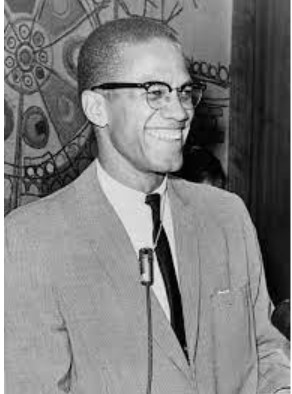
was a founder of the Organization of Afro-American Unity. Malcolm X preached that Black Americans should protect themselves by any means necessary. His charisma and oratory skills launched him on the national stage. His beliefs often put him at odds with fellow Civil Rights leader, Martin Luther King Jr. Eventually, he reversed his position once he realized the amount of corruption at the top of the African American Islamic Movement, which eventually led to his murder.
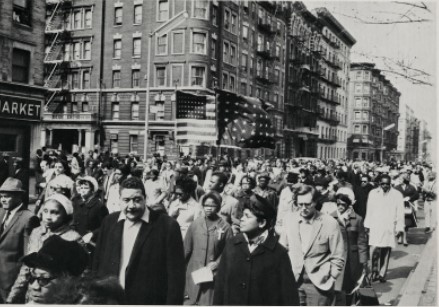
On April 4th, 1968, Martin Luther King Jr was assassinated. He was a Baptist preacher who sought equality and human rights for African Americans. He also preached for those economically disadvantaged and all victims of injustice. He asked for peaceful protest instead of rioting. Riots and looting followed his assassination, which put pressure on the Johnson administration to push through more Civil Rights laws to appease the rioters.
The Fair Housing Act
On April 11th of 1968, the Fair Housing Act was passed. It prevented discrimination in buying a house based on race, sex, national origin, and religion. It was also the last piece of legislation in the Civil Rights era.
Lynching
Throughout U.S history, the lynching of African Americans has been an unfortunate but consistent practice. Lynchings are violent and public acts of torture, which often lead to death, that have traumatized the Black community all over the country. They have been tolerated by officials at the state and federal levels. Lynchings have been considered terrorism. These “terror lynchings” were at a peak between 1880 and 1940. The fear of lynchings led millions of African Americans to migrate away from southern states into the north.
A more infamous lynching case is the case of Emmitt Till. Emmitt Till was 14 and visiting his family in Money, Mississippi from Chicago. He was accused of flirting with a white woman. Four days later, on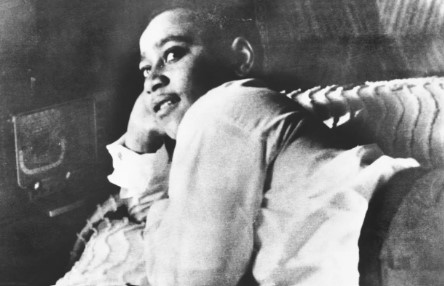 August 28th, 1955, Emmitt was killed. Although Emmitt was used to segregation, he was unadjusted to southern segregation. His mother warned him to be mindful about playing pranks in Mississippi because of his race but Emmitt, unfortunately, didn’t listen. Emmitt was dared by some friends to talk to a woman inside a store, which he acted upon. A few days later, the woman’s husband found out and decided to go after Emmitt. Emmitt’s body was found three days later and was so disfigured that Emmitt’s family could only identify him by his initialled ring. Though authorities wanted to bury him quickly, Emmitt’s mother had him sent back to Chicago. Emmitt’s mother also insisted on an open casket funeral, to put on display so that the whole world could see how racist people could be. The men who killed Emmitt went on trial, in a segregated courthouse with an all-white jury. After less than an hour of deliberation, the men were acquitted of the murder. The murder trial brought to light the brutality of Jim Crow laws in the south. In a book titled The Blood of Emmitt Till, released in 2017, the woman recanted her testimony and said Emmitt didn’t deserve what happened to him.
August 28th, 1955, Emmitt was killed. Although Emmitt was used to segregation, he was unadjusted to southern segregation. His mother warned him to be mindful about playing pranks in Mississippi because of his race but Emmitt, unfortunately, didn’t listen. Emmitt was dared by some friends to talk to a woman inside a store, which he acted upon. A few days later, the woman’s husband found out and decided to go after Emmitt. Emmitt’s body was found three days later and was so disfigured that Emmitt’s family could only identify him by his initialled ring. Though authorities wanted to bury him quickly, Emmitt’s mother had him sent back to Chicago. Emmitt’s mother also insisted on an open casket funeral, to put on display so that the whole world could see how racist people could be. The men who killed Emmitt went on trial, in a segregated courthouse with an all-white jury. After less than an hour of deliberation, the men were acquitted of the murder. The murder trial brought to light the brutality of Jim Crow laws in the south. In a book titled The Blood of Emmitt Till, released in 2017, the woman recanted her testimony and said Emmitt didn’t deserve what happened to him.
Lynchings are now, finally, a federal hate crime as of March 29th, 2022. It’s crazy to consider, after lynchings being such a big thing for so long, that it’s now as of this year a hate crime.
The Supreme Court
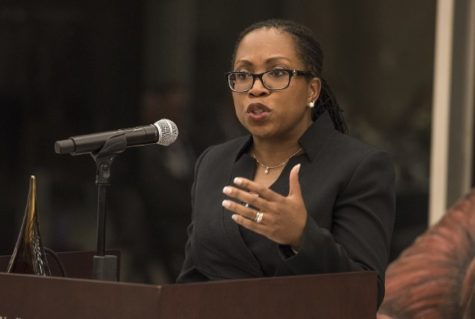 On April 7th of 2022, Ketanji Brown Jackson was confirmed to be on the U.S Supreme Court. Justice Jackson is the first African American woman to sit on the court.
On April 7th of 2022, Ketanji Brown Jackson was confirmed to be on the U.S Supreme Court. Justice Jackson is the first African American woman to sit on the court.
If you want to read more, check out the links below. There’s a lot more stuff that I haven’t covered.
- https://www.history.com/topics/black-history/civil-rights-movement
- https://www.britannica.com/topic/Black-Panther-Party
- https://www.history.com/topics/black-history/malcolm-x
- https://www.history.com/topics/black-history/martin-luther-king-jr
- https://lynchinginamerica.eji.org/report/
- https://www.history.com/this-day-in-history/the-death-of-emmett-till
- https://www.scotusblog.com/2022/04/in-historic-first-ketanji-brown-jackson-is-confirmed-to-supreme-court/

